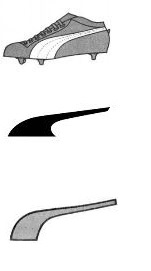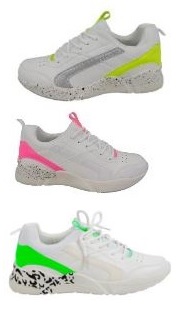Trademark agency Abcor - protect your trademark
Contact
If you have questions or want to know more about our services?Please mail: info@abcor-ip.com
Please call: 31 (0)71 576 3116
The judge does not agree. The basket has symmetrical rhombic shapes and mirrored a-symmetrical hourglasses. It is obvious that creative choices have been made. Nothing similar appeared on the market before. The copyright protected elements of the Wire Basket are being used in the Burly Basket as well. The fact that the steal is a bit thinner and that the wires are welded is irrelevant. The overall impression is the same, leading to the conclusion that there is infringement. The stock has to be destroyed and Lifestyle has to compensate the damages, including legal costs, suffered by Ferm Living (a total of 17.000 Euros).
copyright
